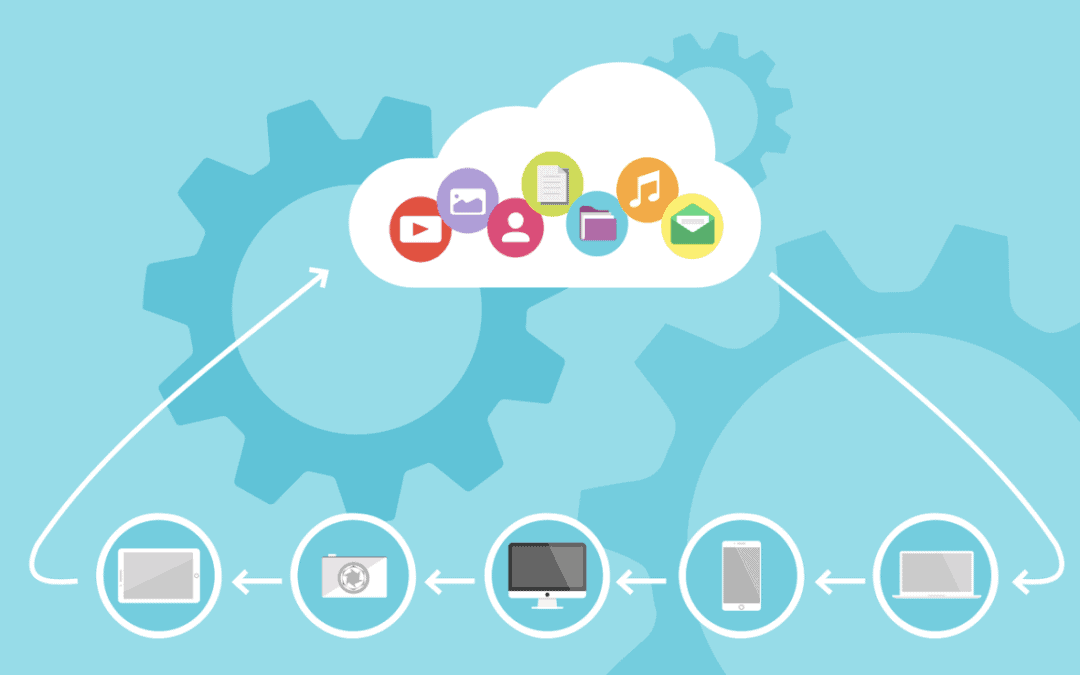The acceleration of digital transformation has made cloud migration an imminent strategic priority for enterprises today. By 2025, over 95% of new digital workloads are estimated to be deployed on cloud-native platforms. Cloud computing has evolved from an emerging concept to a fundamental pillar enabling business growth, agility, and continuity. However, as several Australian enterprises have experienced, realizing the multifaceted benefits of cloud migration needs careful planning and execution. Seamless transitions require evaluating readiness, dependencies, costs, and change management demands before factoring in the optimal cloud deployment and integration models.
Benefits of Cloud Migration
Transitioning to the cloud offers transformational advantages for modern businesses, driving greater operational efficiency, innovation, and resiliency. Key benefits include:
Enhanced Scalability and Agility
The on-demand nature of cloud computing provides businesses with extensive flexibility to scale compute power, storage, and network capacity to align with workload demands. Cloud platforms utilize automated tools and mature APIs to provide rapid and real-time provisioning of resources. This enables organizations to remain highly agile, adapting swiftly to surges in application traffic, processing peaks, or storage needs without incurring delays. By easing the procurement and capacity planning challenges faced earlier with on-premises hardware, clouds empower innovation to move faster.
Improved Security
Leading cloud platforms invest heavily in advanced security capabilities exceeding the data protection levels offered by traditional on-premises environments. Microsoft Azure itself dedicates over $1 billion annually to cybersecurity research and development. Cloud platforms provide enterprise-grade security innovations, including customer data encryption, role-based access control, adaptive threat prevention, automated security patching and upgrades, and distributed denial-of-service (DDoS) attack resilience, among others.
Regulatory compliance can also be better streamlined with built-in adherence to international standards around data governance, application security, and more. The scale of public cloud vendors further enables them to identify and mitigate the latest security threats faster. Their cybersecurity analytics and AI leverage learnings from trillions of daily threat signals received across millions of endpoints.
Reduced Operational Costs
Migrating to IaaS and PaaS cloud solutions eliminates large capital expenditures traditionally associated with on-premises IT infrastructure and data centers. Server hardware, data center space, installation services, and operational overheads entail substantial initial investments and ongoing costs for organizations. Cloud computing shifts these systems to a variable pay-as-you-go pricing model instead. Businesses only pay for the storage, computing, databases, and networking that they specifically require without significant upfront costs. Auto-scaling further allows efficient resource optimization.
Cloud platforms are also designed for greater cost efficiency given their hyperscale architecture and ability to support workloads extremely energy-efficiently via better utilization. The savings from legacy system retirements and lower IT maintenance costs also boost budgets. Cloud migrations Reduce TCO by 30-50% for most organizations.
Increased Collaboration
Cloud-based tools readily support highly collaborative execution, with teams able to access data, applications, and other centralized systems from anywhere. This leads to more connected teams, remote working flexibility, and better workplace connectivity. Real-time data analytics and visibility further aid decision-making. Teams can easily synchronize ongoing works and documents across cloud storage solutions as well. Cloud messaging apps like Microsoft Teams integrate seamlessly into Azure workflows further enhancing coordination.
Business Continuity & Disaster Recovery
Purpose-built data backup, disaster recovery mechanisms, and geo-redundant storage offered by leading cloud platforms minimize downtime risks. Azure offers 99.995% uptime SLA with resilience from outages through automated failover data mirroring across geo-regions. On-premises DR systems are complex to implement and maintain. CloudDR seamlessly allows continuity of critical applications without organizations investing heavily in secondary infrastructure. This safeguards against data losses, ensuring smooth business functioning.
Key Considerations for a Successful Cloud Migration
While the benefits are multidimensional, careful pre-planning is vital for effective cloud migrations:
Assessment and Inventory:
Analyze the organization’s complete application and infrastructure landscape. Evaluate readiness, dependencies, security needs, and resource demands to develop robust cloud migration plans.
Migration Strategy:
Determine optimal deployment models—whether apps should go all in on the public cloud or require a hybrid model with security-sensitive data on private clouds. Adopt appropriate redesigning methods.
Cost Optimization:
Select the right service model, instance types, and cloud resources aligned to workloads. It also factors in proper account structuring, automation tools, reserved instances, and third-party licensing costs.
Change Management:
User adoption is critical and may require updated governance processes, new operations models, modified roles and responsibilities. Invest in expert training and communication strategies.
Challenges Associated with Cloud Migration
While the business drivers often overwhelmingly favor cloud migrations, prudent organizations also acknowledge common pain points in the transition:
Complexity of Planning and Execution:
Cloud migrations demand updated application architectures, data integrations, infrastructure interoperability, security models, and compliance management. Coordinating all these changes is complicated for most internal IT teams.
Security Concerns:
Despite robust native security capabilities, organizations distrust public cloud security practices. Meeting compliance standards or data sovereignty laws also challenges certain global entities, making them hesitant regarding cloud adoption.
Application Compatibility:
Legacy or monolithic apps often require significant re-architecting, porting costs, and testing to ensure seamless functionality post-migration. For some workloads, it is cheaper to retain them on-premises.
Vendor Lock-In:
Multi-cloud and hybrid cloud strategies counter this, but reliance on specific proprietary platforms also limits cloud migration flexibility for the future. Contractual issues or deprecation of services similarly hamper change.
Why Choose an Expert for Your Cloud Migration Journey?
Given the multifaceted complexities of cloud migrations, partnering with specialized experts optimizes success. The key advantages include:
- Deep Microsoft Expertise: With advanced Azure competencies and millions invested in Azure resources, Azured eliminates the headaches of cloud migrations for Australian enterprises.
- Tailored Solutions: They assess unique needs and infrastructure to provide tailored migration and modernization plans leveraging optimal Azure services like Azure Synapse Analytics, Azure Data Factory, Azure Kubernetes Service, etc.
- Seamless Integration: Their partnerships with leading solution vendors ensure smooth integrations between on-prem and Azure environments.
- Customer-Centric Approach: Each customer has a dedicated cloud architect and account manager for personalized attention through their cloud adoption life cycle.
- Proven Track Record: Hundreds of complex Azure migrations and transformations with large Australian enterprises highlight capability.
- Unparalleled Support: 24/7 premium support and managed services, even post-migration, deliver complete peace of mind.
A Step-by-Step Guide to Cloud Migration
Experts strategically guide organizations through controlled and smooth migrations with their Cloud Adoption Framework covering:
- Assessment and Planning: Business goals, application priorities, dependencies, risks, and cloud readiness are evaluated during discovery. An optimal migration and modernization plan is then created.
- Strategy Development: Appropriate cloud architectures, deployment models, platform selections, and migration patterns are designed based on workloads.
- Migration Execution: End-to-end Azure migrations leverage automation while apps are re-architected or re-platformed if needed. Phased migrations and testing further de-risk transitions.
- Optimization and Management: Post-migration, apps are continuously optimized while resources and costs are right-sized. Cloud Center of Excellence setup and managed services empower innovation.
Conclusion
To summarize, migrating business systems and data to the Azure cloud unlocks transformative scalability, agility, resilience, and efficiency. Current compute economics overwhelmingly favor cloud adoption for most organizations today. However, given the multifaceted complexities of migration execution, enterprise partnerships with specialized experts are highly recommended to ensure sustainable success. Their complete managed services and premium support vastly simplify these journeys for Australian organizations.








